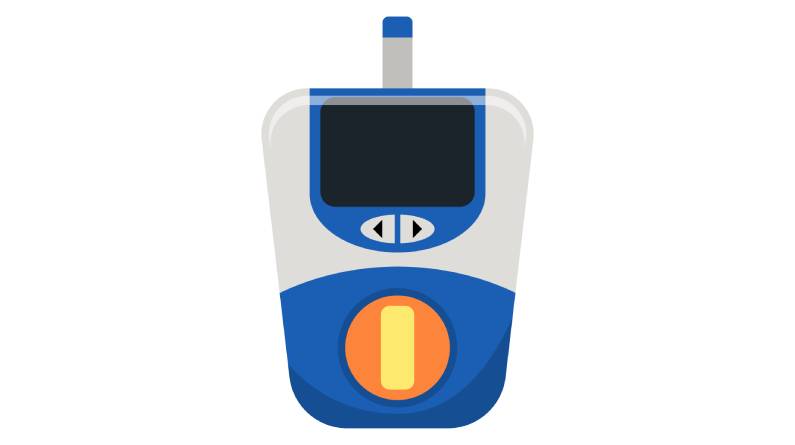Understanding Cholesterol Tests: A Guide to Lipid Profiles
Cholesterol is a fatty substance that plays a vital role in various bodily functions, such as the production of hormones, vitamin D, and bile acids. However, excess cholesterol can deposit in the arteries, leading to serious health issues like heart attacks, strokes, and peripheral artery disease.
What is a Lipid Profile?
A lipid profile, also known as a cholesterol test, measures the levels of different types of cholesterol and triglycerides in the blood. The test provides valuable information about your risk of developing heart disease and stroke.
Components of a Lipid Profile
A lipid profile typically includes the following components:
1. High-Density Lipoprotein (HDL) Cholesterol: HDL is considered “good” cholesterol, as it helps remove excess cholesterol from the arteries. A level above 60 mg/dL is considered desirable.
2. Low-Density Lipoprotein (LDL) Cholesterol: LDL is considered “bad” cholesterol, as it can build up in the arteries and increase the risk of heart disease. A level below 100 mg/dL is considered optimal.
3. Total Cholesterol: This is the sum of HDL and LDL cholesterol levels. A level below 200 mg/dL is considered desirable.
4. Triglycerides: Triglycerides are a type of fat found in the blood. A level below 150 mg/dL is considered desirable.
Who Should Get a Lipid Profile?
The American Heart Association recommends that adults with no risk factors for heart disease get a lipid profile every five years, starting at age 20. However, if you have a family history of high cholesterol or heart disease, you may need to get tested more frequently.
Risk Factors for High Cholesterol
Certain factors can increase your risk of developing high cholesterol, including:
– Family history of high cholesterol or heart disease
– Being overweight or obese
– Leading a sedentary lifestyle
– Having diabetes
– Smoking
– Age (45 or older for men, 55 or older for women)
Preparing for the Test
To prepare for a lipid profile, you’ll typically need to:
– Fast for 9-12 hours before the test
– Avoid eating or drinking anything except water during the fasting period
– Have your blood drawn from a vein in your arm
What to Expect After the Test
After the test, you can:
– Eat and drink normally
– Resume your daily activities
– Receive your test results from your healthcare provider
Managing High Cholesterol
If your lipid profile shows high cholesterol levels, your healthcare provider may recommend lifestyle changes, such as:
– Eating a healthy diet
– Exercising regularly
– Losing weight
– Quitting smoking
– Taking cholesterol-lowering medications
By understanding your lipid profile and managing your cholesterol levels, you can reduce your risk of heart disease and stroke.
References:
https://www.emedicinehealth.com/cholesterol_tests/article_em.htm
https://www.mayoclinic.org/tests-procedures/cholesterol-test/about/pac-20384601
https://www.webmd.com/cholesterol-management/cholesterol-tests-understand-your-results
https://www.health.harvard.edu/heart-health/making-sense-of-cholesterol-tests

